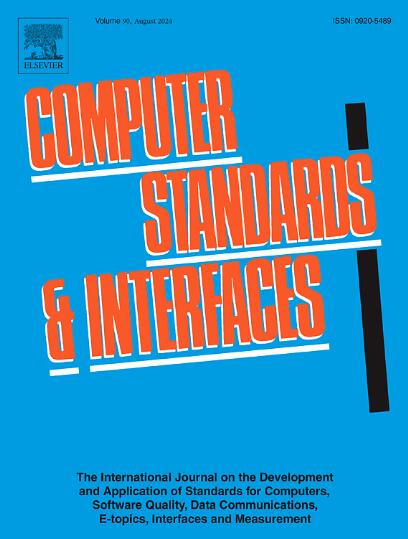Integrating blockchain and deep learning: a novel ensemble model for secure IoMT-driven intelligent healthcare solutions using ISSCNetV2 approach
IF 3.1
2区 计算机科学
Q1 COMPUTER SCIENCE, HARDWARE & ARCHITECTURE
引用次数: 0
Abstract
The Internet of Medical Things (IoMT) comprises a network of interconnected medical devices such as wearables, diagnostic tools, and implants that facilitate real-time data acquisition and remote healthcare monitoring. To ensure secure and reliable data transmission and storage in such environments, this study proposes an Enhanced Blockchain-based Intelligent Healthcare System with Ensemble Deep Learning (EBIHS-EDL). The system incorporates blockchain (BC) technology to maintain decentralized, tamper-proof records and employs a Bit-Level Chaotic Image Encryption Algorithm (BCIEA) for secure image encryption. Key generation is achieved using the Grasshopper–Black Hole Optimization (G–BHO) algorithm. To address the challenge of class imbalance in medical datasets, an Improved Tabular Generative Adversarial Network (ITGAN) is employed to synthesize minority class samples. For feature extraction, a Cross Siamese Res2Net (CSRes2Net) architecture is utilized, followed by classification using an integrated model, Improved ShuffleNetV2 and Spatiotemporal Convolutional Network-enhanced Transformer (ISSCNetV2). Comprehensive evaluations on benchmark medical datasets demonstrate the effectiveness of the proposed system, achieving an accuracy of 99.20%, sensitivity of 99.03%, and specificity of 99.46%. These results surpass those of existing models including DBN (94.15%), YOLO-GC (94.24%), ResNet (96.19%), VGG-19 (91.19%), and CDNN (95.29%), highlighting the superior performance and robustness of EBIHS-EDL in intelligent healthcare applications.
集成区块链和深度学习:使用ISSCNetV2方法的安全iot驱动的智能医疗保健解决方案的新型集成模型
医疗物联网(IoMT)由可穿戴设备、诊断工具和植入物等相互连接的医疗设备组成,可促进实时数据采集和远程医疗监控。为了确保在这种环境下安全可靠地传输和存储数据,本研究提出了一种基于集成深度学习的增强区块链智能医疗保健系统(EBIHS-EDL)。该系统采用区块链(BC)技术来维护分散、防篡改的记录,并采用比特级混沌图像加密算法(BCIEA)进行安全图像加密。密钥生成使用Grasshopper-Black Hole Optimization (G-BHO)算法实现。为了解决医疗数据集中类别不平衡的问题,采用改进的表生成对抗网络(ITGAN)来合成少数类别样本。对于特征提取,使用Cross Siamese Res2Net (CSRes2Net)架构,然后使用集成模型,改进的ShuffleNetV2和时空卷积网络增强的Transformer (ISSCNetV2)进行分类。对基准医疗数据集的综合评估表明了该系统的有效性,准确率为99.20%,灵敏度为99.03%,特异性为99.46%。这些结果超过了DBN(94.15%)、ylo - gc(94.24%)、ResNet(96.19%)、VGG-19(91.19%)和CDNN(95.29%)等现有模型,突出了EBIHS-EDL在智能医疗应用中的优越性能和鲁棒性。
本文章由计算机程序翻译,如有差异,请以英文原文为准。
求助全文
约1分钟内获得全文
求助全文
来源期刊

Computer Standards & Interfaces
工程技术-计算机:软件工程
CiteScore
11.90
自引率
16.00%
发文量
67
审稿时长
6 months
期刊介绍:
The quality of software, well-defined interfaces (hardware and software), the process of digitalisation, and accepted standards in these fields are essential for building and exploiting complex computing, communication, multimedia and measuring systems. Standards can simplify the design and construction of individual hardware and software components and help to ensure satisfactory interworking.
Computer Standards & Interfaces is an international journal dealing specifically with these topics.
The journal
• Provides information about activities and progress on the definition of computer standards, software quality, interfaces and methods, at national, European and international levels
• Publishes critical comments on standards and standards activities
• Disseminates user''s experiences and case studies in the application and exploitation of established or emerging standards, interfaces and methods
• Offers a forum for discussion on actual projects, standards, interfaces and methods by recognised experts
• Stimulates relevant research by providing a specialised refereed medium.
 求助内容:
求助内容: 应助结果提醒方式:
应助结果提醒方式:


